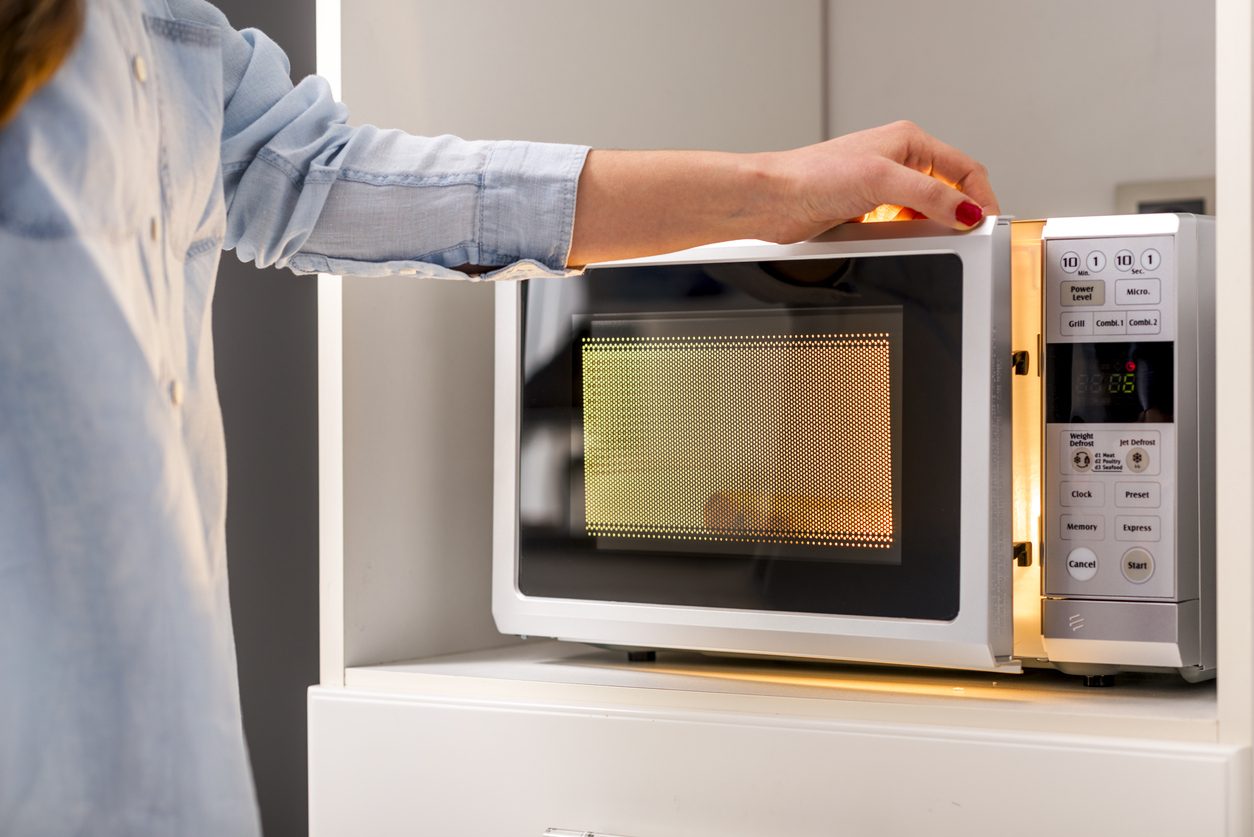;)
Microwave ovens have revolutionized the way we cook, providing convenience and efficiency in the kitchen. However, to truly harness the potential of these appliances, it's essential to understand and control their temperature settings. Read ahead for a simple look at microwave temperatures, offering insights into adjusting settings, cooking different types of food, and ensuring safety.
What are Microwave Temperature Settings?
Microwave temperature settings determine the power level at which the oven operates. Most microwaves offer multiple power levels, typically ranging from 10% to 100%. These settings control the intensity of the microwave energy, affecting how quickly and evenly food heats up. Understanding the power levels allows you to customize cooking times and achieve optimal results for various dishes.

How to Adjust Microwave Temperature?
Adjusting microwave temperature settings is straightforward, but it requires attention to detail. Start by selecting the desired power level using the control panel on your microwave. Lower power levels are suitable for tasks like defrosting and simmering, while higher levels are ideal for cooking or reheating. Experiment with different settings to find the right balance of time and temperature for your recipes.
Recommended Microwave Temperatures for Cooking

Cooking in the microwave requires careful consideration of temperature settings to ensure food safety and quality. Here are some recommended temperature guidelines for common microwave cooking tasks:
- Use the defrost setting or low power level (30% to 50%) to gently thaw frozen foods without cooking them.
- Opt for a medium power level (50% to 70%) when reheating leftovers to prevent them from becoming overcooked or dried out.
- For cooking, choose a high power level (70% to 100%) and adjust the cooking time accordingly. Keep in mind that cooking times may vary depending on the type and quantity of food being prepared.
- When baking in the microwave, start with a medium power level (50% to 70%) to ensure even heating without overcooking the edges. Adjust the temperature as needed based on the recipe requirements.
Safety Tips for Using Microwave Temperatures

While microwave ovens are generally safe to use, it's essential to follow proper safety precautions when adjusting temperature settings:
- Always use microwave-safe containers and utensils to prevent damage to the oven and ensure food safety.
- Avoid using metal or aluminum foil in the microwave, as they can cause sparks and damage the appliance.
- Stir or rotate food halfway through the cooking process to promote even heating and prevent hot spots.
- Use oven mitts or pot holders when removing hot dishes from the microwave to prevent burns.
Conclusion
With a clear understanding of your microwave’s power levels, adjusting settings accordingly, and following safety guidelines, you can use it to cook a wide range of dishes with ease and confidence. Don’t be afraid to try!
;Resize,width=767;)
